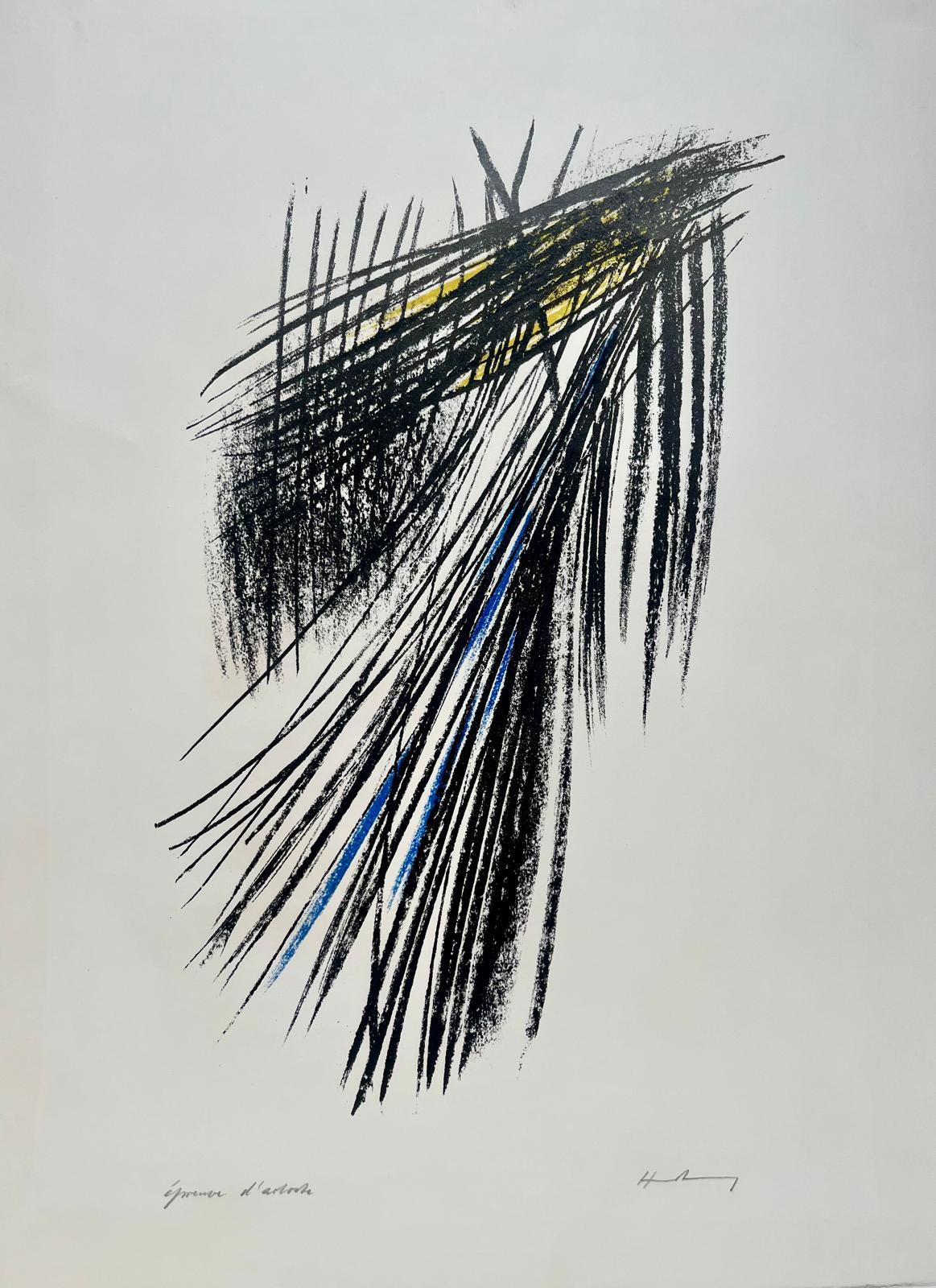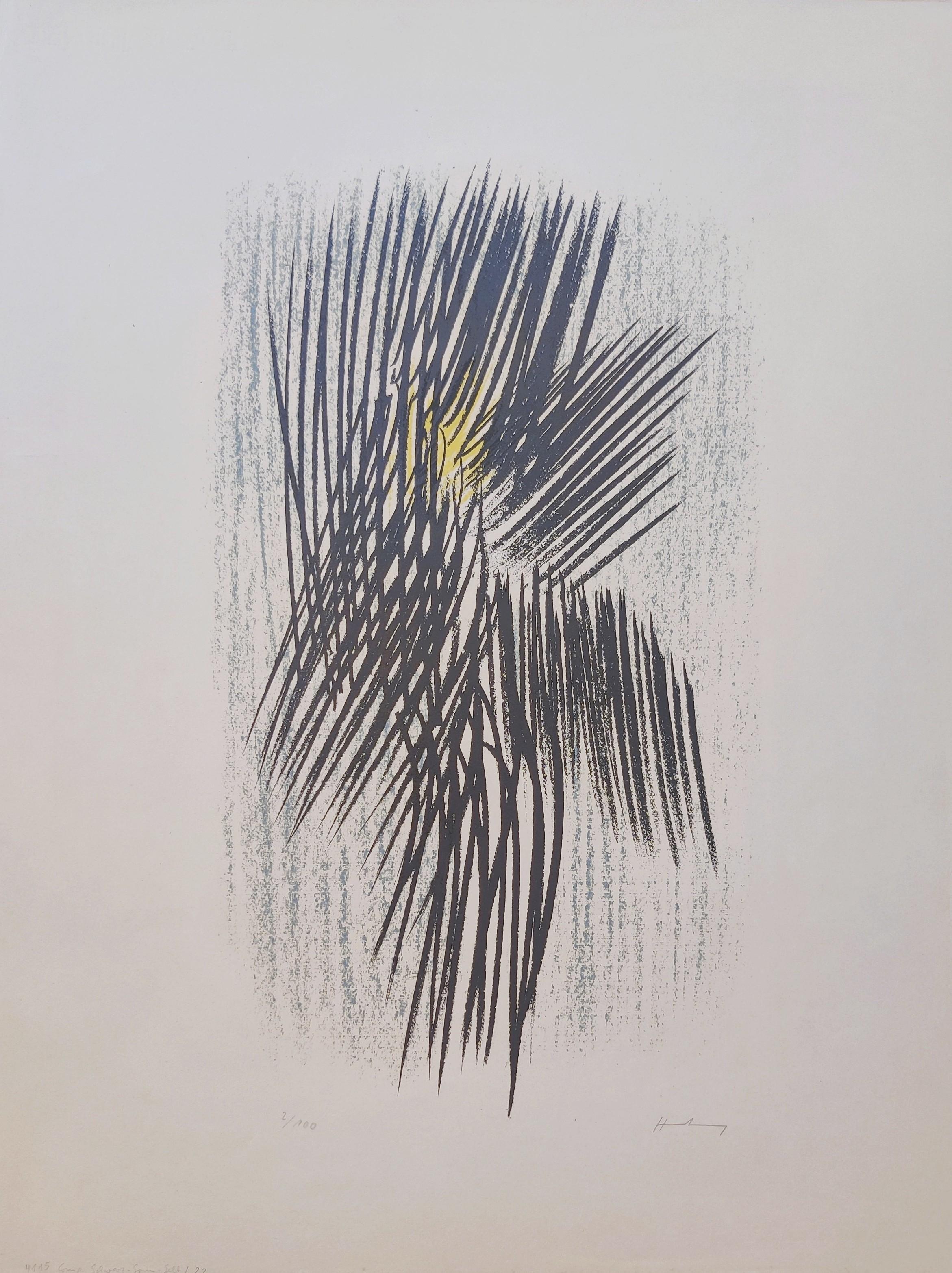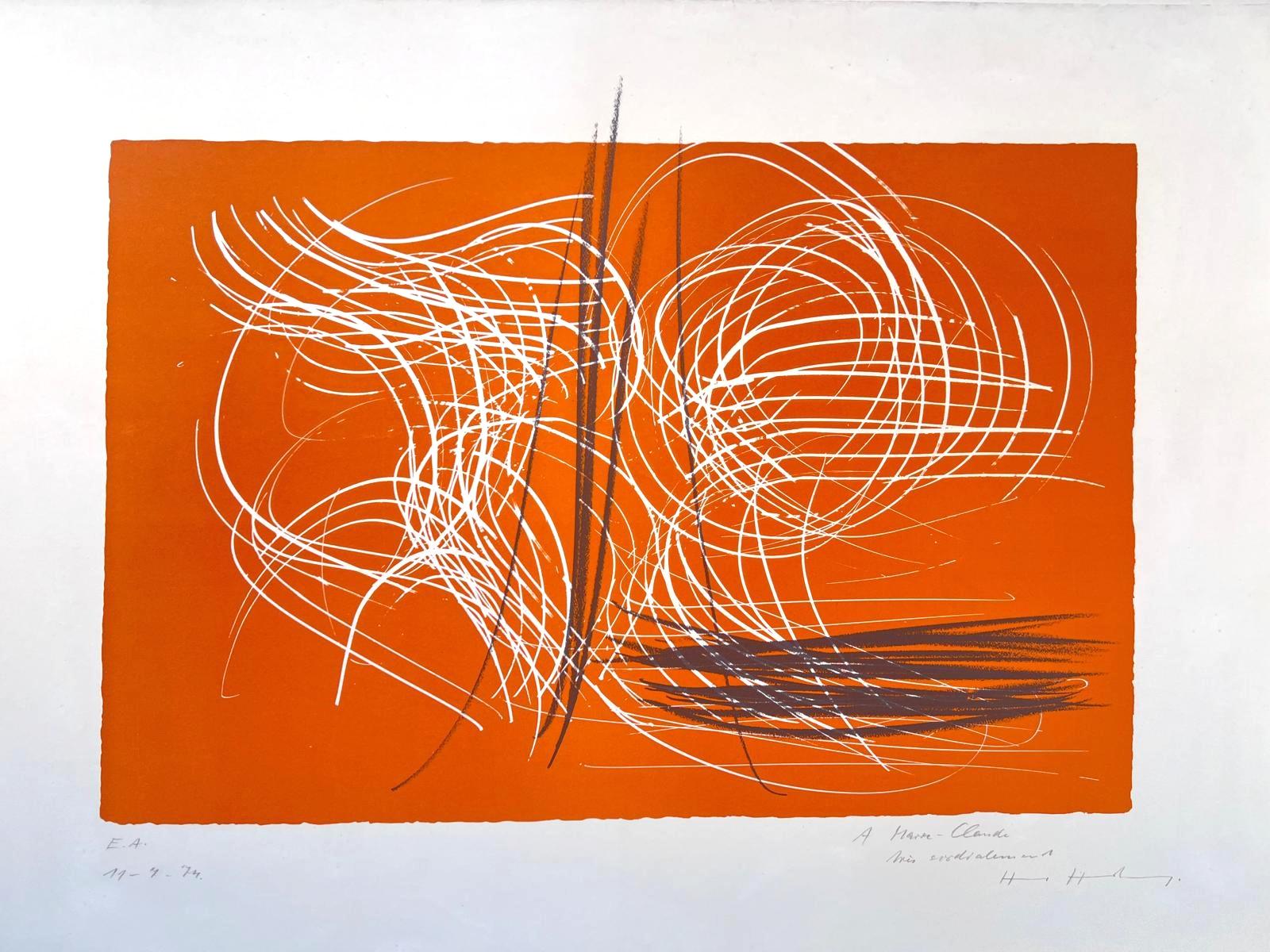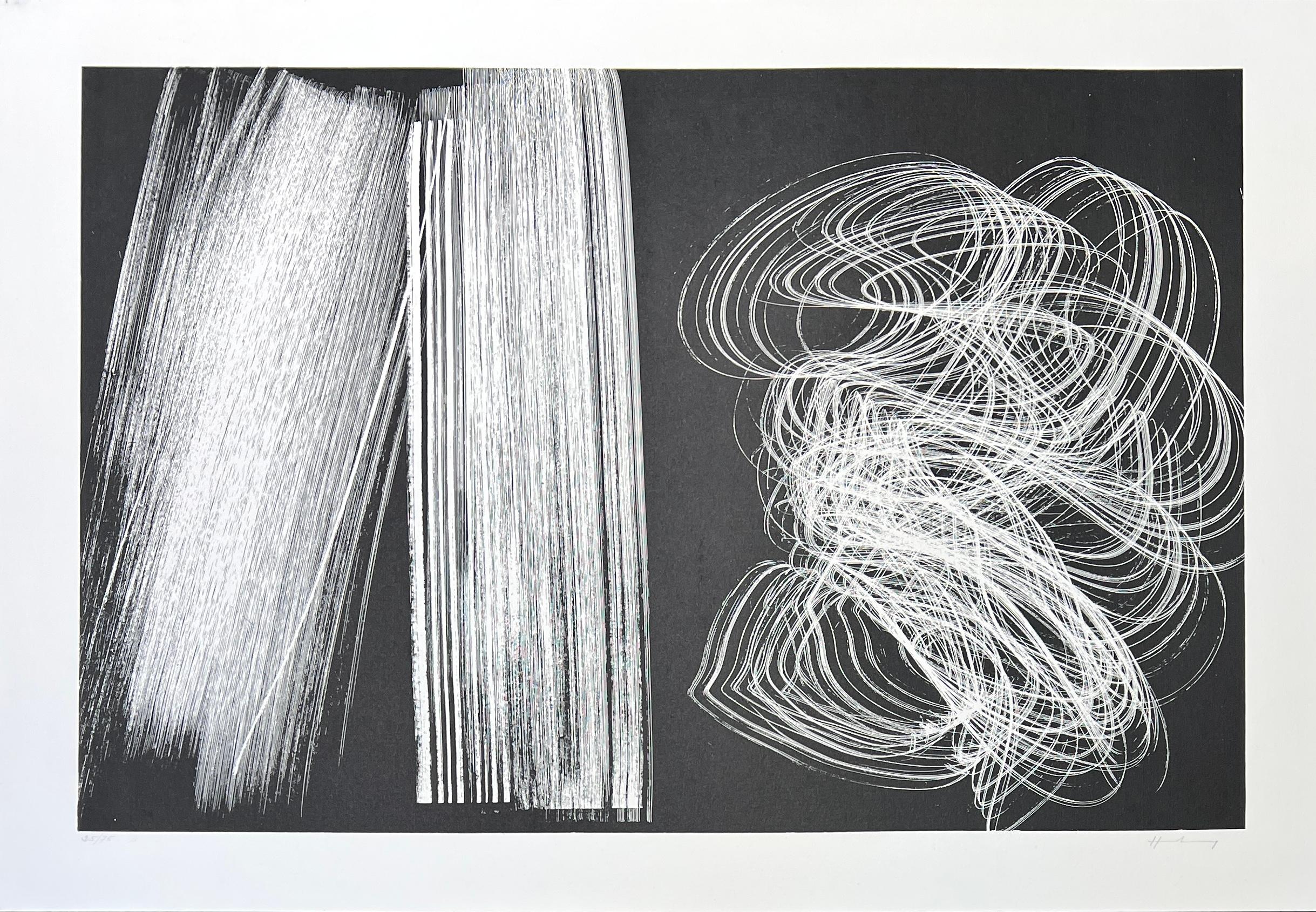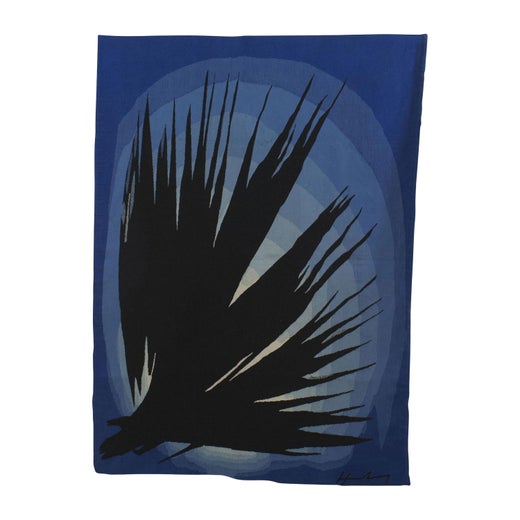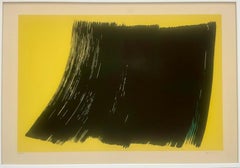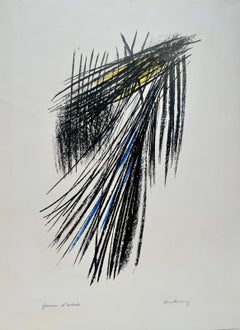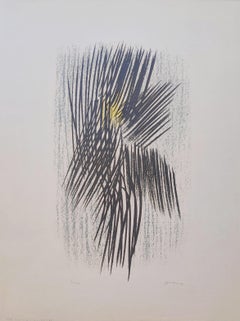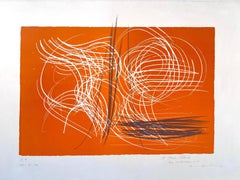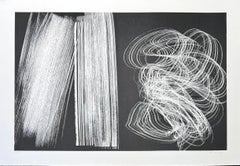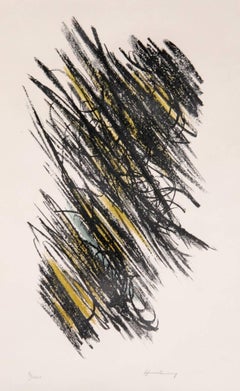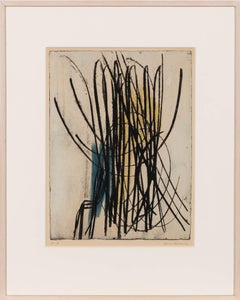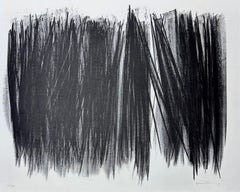Hans HartungP1961-411961
1961
About the Item
- Creator:Hans Hartung (1904 - 1989, German)
- Creation Year:1961
- Dimensions:Height: 19.3 in (49 cm)Width: 25.2 in (64 cm)
- Medium:
- Movement & Style:
- Period:
- Condition:Very good condition.
- Gallery Location:Paris, FR
- Reference Number:Seller: LCD48381stDibs: LU1066210026782
Hans Hartung
Hans Hartung is commonly presented as a standard-bearer for the École de Paris and the lyrical abstraction and is primarily considered as a post-war painter. Nevertheless, in the late 30s, this German-born artist had already participated in numerous exhibitions throughout Europe. His career began in 1922 at the age of just 18 years, when he didn’t even know the theories of Kandinsky but produced a series of abstract watercolors striking by their sheer expressiveness. This was the beginning of a career that lasted nearly 70 years and was punctuated by constant technical innovations. Paradoxical artist, Hartung was often at the opposite of the image the critics build of him, resulting in a distorted reception (Annie Claustres). Presented as a champion of gestural, lyrical and emotional painting, he remained passionate for mathematics, and his painting was apprehended through its rationality: from the 30s to the late 50s, he first produced small-sized works, spontaneously executed on paper; then he created the painting by laying down a grid and scaling up the small-size paper onto a canvas, referring point by point. The 60s also marked a turning point. Hartung stopped working by reproducing small formats but entered a patient search for technological innovation, including the production of multiple tools. In 1960, he won the grand prize for painting at the Venice Biennale, reaching the top of international recognition. Hartung never stopped creating, paintings with still more ardor until his last days in his property of Antibes that he had designed himself.
- ShippingRetrieving quote...Shipping from: PARIS, France
- Return Policy
More From This Seller
View All1970s Abstract Abstract Prints
Lithograph
1950s Abstract Abstract Prints
Lithograph
1950s Abstract Abstract Prints
Lithograph
1970s Abstract Abstract Prints
Engraving
1970s Abstract Abstract Prints
Engraving
1970s Abstract Abstract Prints
Etching
You May Also Like
1970s Abstract Prints and Multiples
Paper, Lithograph
1960s Abstract Expressionist Abstract Prints
Lithograph
1960s Abstract Abstract Prints
Aquatint, Color, Etching
1960s Abstract Prints and Multiples
Lithograph
1970s Abstract Abstract Prints
Lithograph
1950s Modern Abstract Prints
Lithograph

